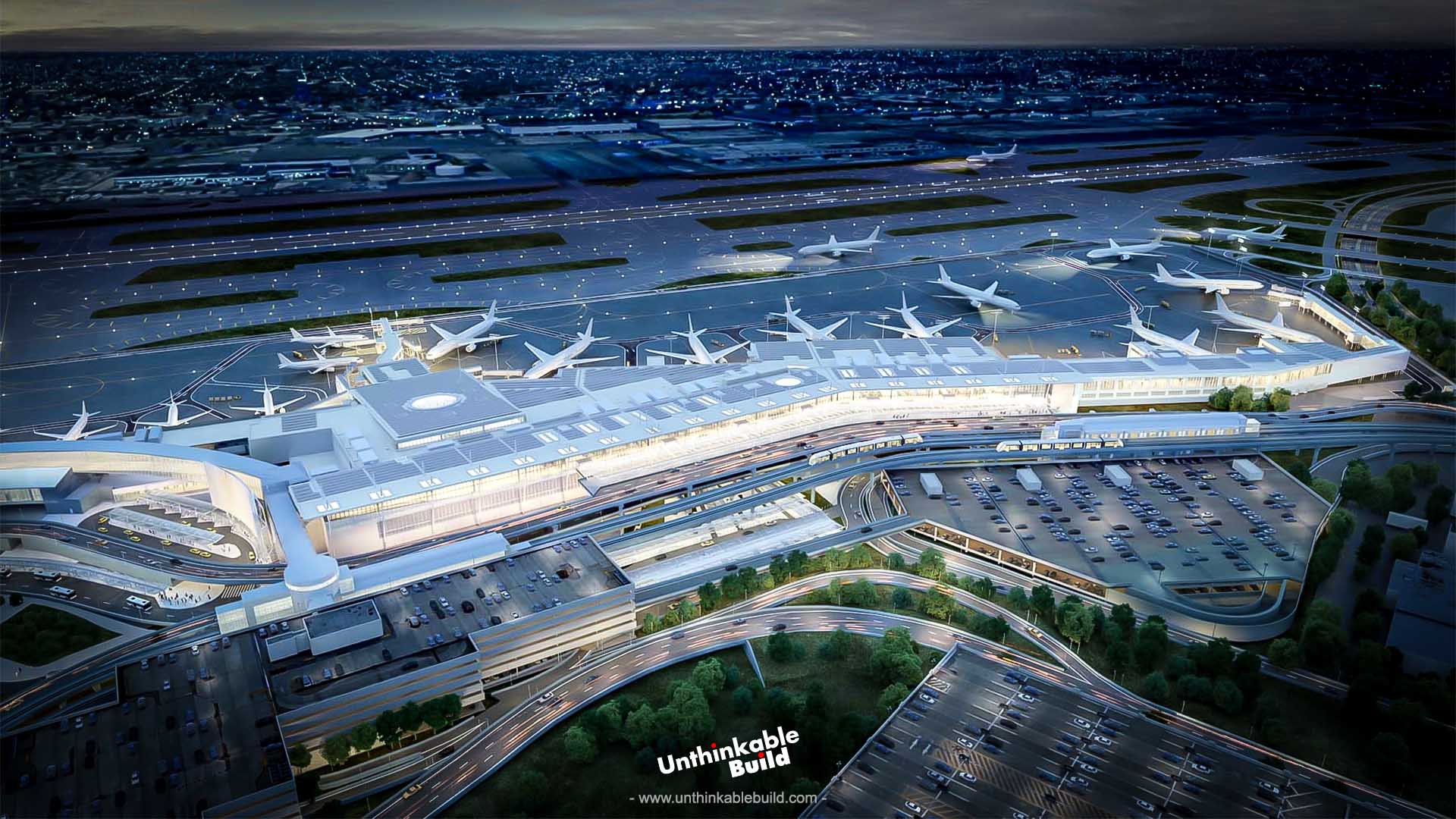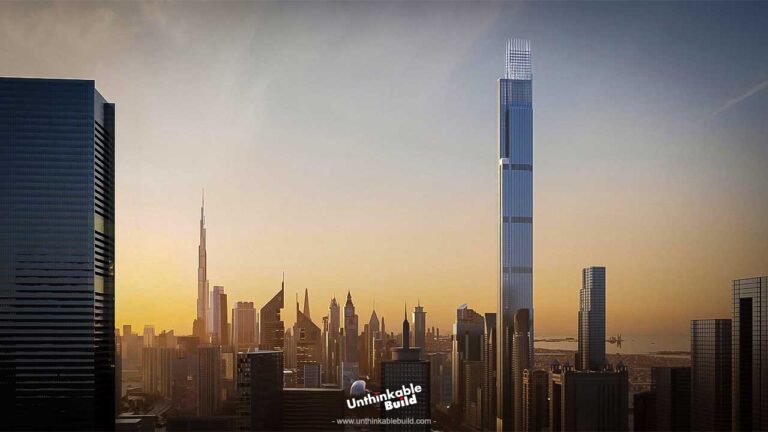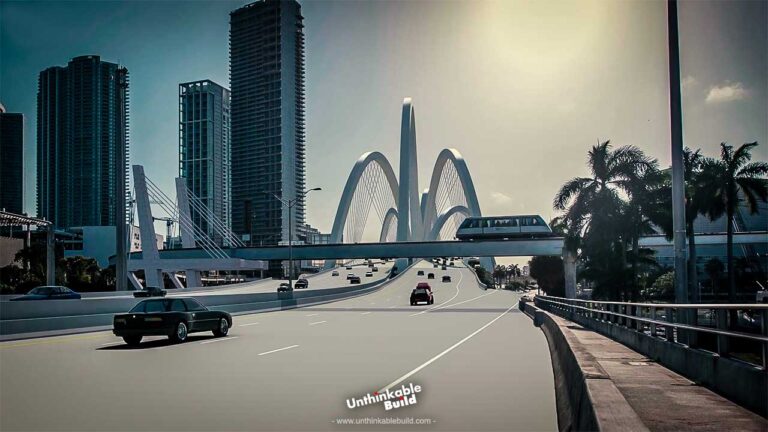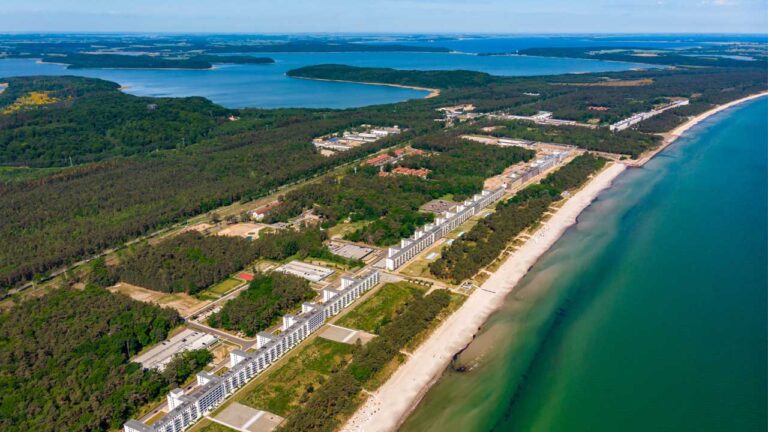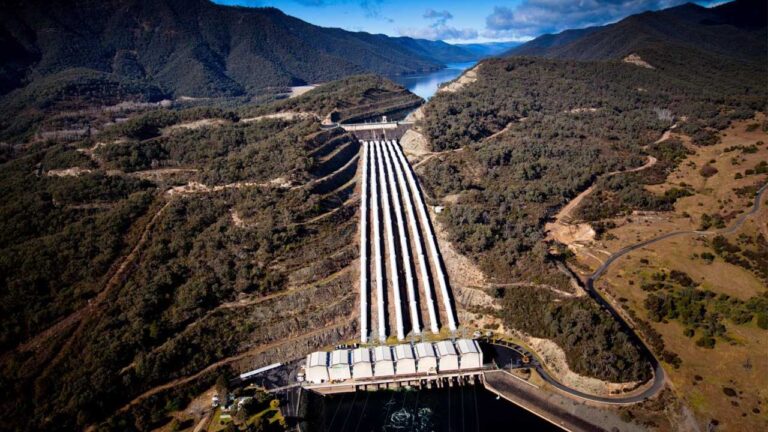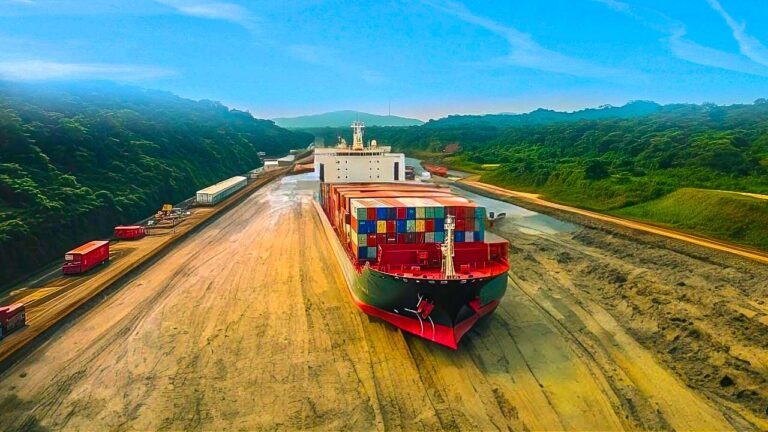The New Terminal One: Saving JFK International Airport
New York, famously known as the Big Apple, is renowned for its iconic landmarks like the Statue of Liberty, Empire State Building, Times Square, Central Park, and Wall Street. However, many travelers find that navigating its airports, especially John F. Kennedy International Airport, can be quite a challenge. Frequent delays, long security lines, and crowded terminals often make for a less-than-smooth travel experience.
With so many challenges in mind, the construction of JFK Airport’s new terminal, covering 2.4 million square feet, is moving ahead quickly. This project, called New Terminal One, will have the latest technology and all the comforts passengers need. The project aims to be one of the top ten terminals in the world, boasting a cutting-edge 23-gate facility.
John F. Kennedy Airport, which was originally called Idlewild Airport, opened for commercial flights on July 1, 1948. The first scheduled arrival was a Peruvian International Airlines DC-4 from Chile, on July 9th. The airport was officially dedicated on July 31, 1948, with a grand ceremony attended by 215,000 spectators, including then President Harry S. Truman and Governor Thomas Dewey. Mayor Fiorello La Guardia proudly declared that the United States now have the best airport in the world. In its first full year of operation, JFK handled 222,620 passengers and 18,115 aircraft movements.
Although locals continued to call it Idlewild for a while, the airport’s name was officially changed to John F. Kennedy International Airport in December 1963. When it first opened, JFK had six runways, with a seventh under construction. In 1949, a new instrument runway was added, allowing takeoffs even in reduced visibility.
Over the years, JFK has grown and expanded its terminals, runways, and facilities to keep up with the increasing air traffic. Today, with over 62.5 million annual passengers, JFK is one of the busiest airports in the world.
Currently, JFK features eight terminals, each playing a unique role and working together to ensure smooth operations. Terminal 1 is home to major international airlines, offering a variety of dining and shopping options, while Terminal 2, operated by Delta Air Lines and provides seamless connections to Terminal 4.
Also Read: California’s Biggest Mega Projects of 2024
Terminal 4 of JFK is a bustling international gateway, serving over 30 airlines with a wide range of amenities. JetBlue’s Terminal 5 stands out for its sleek design and smooth handling of both domestic and international flights. Terminal 6, managed by Alaska Airlines, acts as a hub for West Coast flights and connections. Terminal 7, overseen by British Airways, focuses on international flights, particularly those to Europe. Terminal 8, operated by American Airlines, serves as a major hub for both domestic and international flights, offering connections to Oneworld partners.
These terminals are well-connected through efficient transportation links like the AirTrain, shuttle buses, and a well-organized roadway system. This ensures passengers can easily transfer between terminals and reach their flights on time, making JFK a truly integrated and passenger-friendly airport.
With more passengers than ever passing through, JFK Airport can be quite a maze to navigate, especially with its aging facilities. The airport gets particularly congested during peak travel seasons like summer, with heavy traffic on the roads and limited parking adding to the challenge. This year, they anticipated a record 18.2 million travelers for the summer, up by 700,000 from last year.
Security lines at JFK can also be a hassle, especially during busy times like Fridays from 2 to 3 p.m. Despite the efforts of the Transportation Security Administration to keep things moving, the large number of passengers often causes delays.
Recognizing these issues, city officials have decided to take action. The Airport advisory panel has put forward an ambitious plan to transform JFK into a seamless, top-tier airport experience. This involves upgrading terminals and improving the roads and transit systems that link them together.
Construction on the New Terminal One began in 2022. This ambitious $19 billion project aims to create a world-class terminal spanning 2.4 million square feet, with the first gates planned to open in 2026. It’s part of the Port Authority’s extensive transformation of JFK International Airport into a premier global gateway for the New York metropolitan area.
Parsons Corporation is playing a crucial role in the redevelopment of JFK Airport’s New Terminal One. As the lead designer for the reconstruction of roadways, the new ground transportation center, and the relocation of utilities, Parsons is working to turn JFK into a world-class airport for the 62 million passengers who pass through each year. This transformation comes with a hefty price tag of $1.2 billion.
Ferrovial Airports, part of the Spanish company Ferrovial, is dedicated to developing, managing, and operating airports around the globe. They’ve been chosen to lead the exciting $9.5 billion project to design, build, and run the new Terminal One at JFK International Airport in New York. This project will replace Terminals 1 and 2, along with the former Terminal 3, and the lease will run all the way through 2060. It’s a long-term commitment aimed at making JFK a better place for travelers.
Once finished, the New Terminal One will cover more than 2.5 million square feet with 23 gates, making it the largest terminal at JFK. It’s designed to offer passengers an exceptional experience with modern amenities, aiming to set new standards for comfort and convenience at JFK. The terminal will be built in phases, with the entire project expected to wrap up around 2030. It will feature naturally lit public areas and state-of-the-art technology to enhance the overall travel experience. Plus, travelers will have access to over 300,000 square feet of space for recreation, dining, shopping, and lounging.
According to Gerrard P. Bushell, CEO of New Terminal One Development, the upcoming technology at JFK Airport will introduce biometrics to streamline the travel process. He also mentioned that the project will incorporate a solar array from partner firm Alpha Structure, ensuring the terminal remains fully operational even during power disruptions.
Also Read: A $20 Billion Solution to California’s Water Crisis
While New Terminal One is grabbing headlines as one of the biggest new projects at JFK airport, it’s not alone in the expansion efforts. Terminal 6, spanning 1.2 million square feet across two levels, will introduce a large new check-in area and centralized security, making it easier for travelers to navigate with their luggage. Construction for Terminal 6 is slated for completion by 2028.
The New Terminal One is making a big push for sustainability with some impressive initiatives. The project pulled off a historic $2.55 billion Green Bond issuance, marking the largest municipal bond financing ever for an airport project. This funding will kick-start and support the initial phase of the terminal’s development.
Aligning with the Port Authority’s goal of reaching net-zero greenhouse gas emissions by 2050, the New Terminal One’s design focuses on sustainability. This means on-site renewable energy, electric ground support equipment, and optimized lighting and building controls.
The New Terminal One (NTO) project at JFK Airport promises a wide range of benefits. Economically, it will create jobs, boost local businesses, and give a significant lift to the regional economy.
For travelers, the new terminal means a more comfortable, convenient, and efficient experience, solidifying JFK’s status as a top global gateway. On the environmental front, the NTO is designed with sustainability in mind, aiming for net-zero emissions and featuring green technologies like solar energy and efficient ground equipment.
With an overall $19 billion investment, this project will completely revitalize JFK Airport, turning it into a world-class facility.

